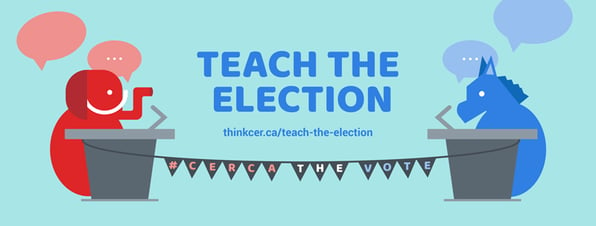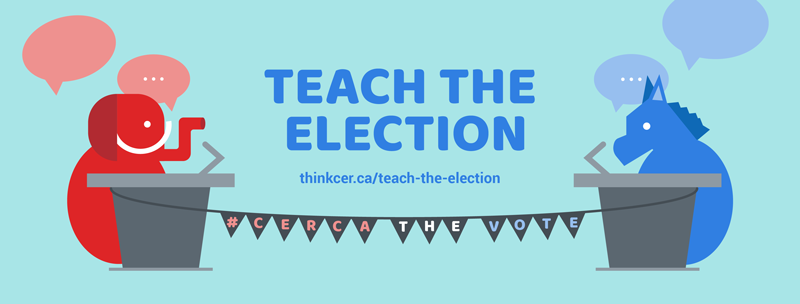
#CERCAtheVote: Trump Claims Election Is 'Rigged'
Weeks before the United States votes, GOP candidate Donald Trump has emerged with a new campaign claim: The election is rigged.
This is a serious statement for the standard-bearer of a major political party to make. In response, many have expressed concern that it undermines the cornerstone of American democracy: the peaceful transition of power.
Because it is such a significant claim to make, it must be critically analyzed. Use this breakdown of Trump's CERCA to ask your students: Does he make an effective argument? How could an opposing view respond to the claim?
The Claim
"The election is absolutely being rigged by the dishonest and distorted media pushing Crooked Hillary - but also at many polling places - SAD"
[Trump's tweet making this claim]
The Evidence
Trump has produced no credible or authoritative evidence to support his claim.
[Politifact's analysis of the lack of evidence behind such claims]
The Reasoning
"This election is being rigged by the media pushing false and unsubstantiated charges, and outright lies, in order to elect Crooked Hillary!"
Trump states that the media is rigging the election in order to get Hillary Clinton elected, but he does not explain why they would be motivated to do so, nor does he connect this reasoning to any evidence.
Students: How could Trump use strong evidence and reasoning to support his claim?
The Counterargument
When Republican leaders refuted Trump's claim, he responded with the following counterargument:
"Of course there is large scale voter fraud happening on and before election day. Why do Republican leaders deny what is going on? So naive!"
The Audience
Trump used Twitter to make his claims about a rigged election; thus, his 12.6 million Twitter followers are a key audience. By using strong negative language such as "dishonest and distorted media" and "Crooked Hillary," he is appealing to an audience that already has negative feelings toward the media and the Democratic candidate for president. In this format, audience-appropriate language also includes making sure his tweets are less than 140 characters, and simplified language is generally appropriate.
Was this helpful? Visit our Elections Hub to find more ways to teach the election, or check out these previous #CERCAtheVote prompts:

Mallory Busch is ThinkCERCA's Editor of Content Strategy. A graduate of Northwestern University, Mallory came to ThinkCERCA from stops in audience strategy at TIME magazine and news applications development at Chicago Tribune and The Texas Tribune. She holds degrees in Journalism and International Studies, and was a student fellow at Knight Lab in college.

